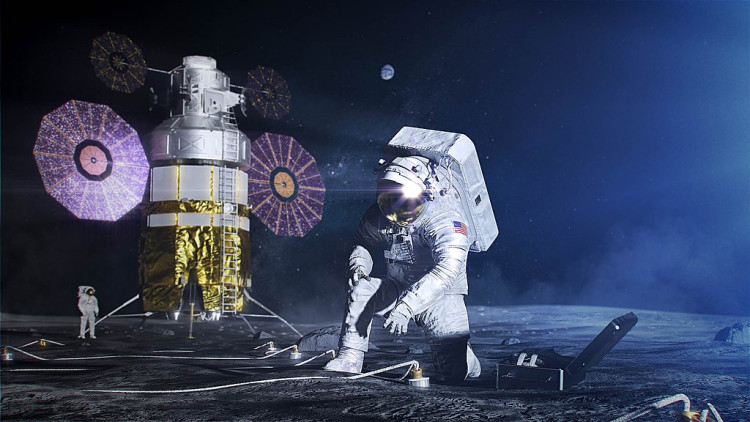NASA plans a second attempt to launch its new Space Launch System (SLS) moon rocket on Saturday, Sept. 3, five days after technical difficulties thwarted an attempt on Monday, officials said on Tuesday.
Plans call for the 32-story-tall SLS rocket to launch from Cape Canaveral, Florida's Kennedy Space Center, and launch the Orion capsule on a six-week test journey around the moon without any crew members. The U.S. space agency's long-awaited launch would begin the moon-to-Mars Artemis program, which would replace the Apollo moon project of the 1960s and 1970s.
The SLS-inaugural Orion's flight, codenamed Artemis I, is intended to put the 2.6 million kilogram spacecraft through its paces in a demanding demonstration flight that pushes its design boundaries before NASA determines it is safe enough to transport astronauts.
The first Artemis I launch attempt by NASA on Monday was unsuccessful due to a cooling issue with one of the rocket's main-stage engines, which halted the countdown and required a postponement. NASA officials expressed their expectation that those problems would be rectified in time for a launch repeat on Saturday during a news briefing on Tuesday.
At a press conference a day after the first countdown ended with the flight being scrubbed, NASA officials said Monday's experience was instructive in troubleshooting some issues and that further issues may be worked out during a second launch attempt.
Artemis, named after the goddess who was Apollo's twin sister in Greek mythology, aims to return people to the moon's surface as soon as 2025, however many analysts predict that the time frame will be pushed back a few years.
NASA plans to send the first woman and person of color to the Moon with the Artemis missions, which will use cutting-edge technology to study more of the lunar surface than ever before. "We will collaborate with commercial and international partners and establish the first long-term presence on the Moon," NASA said.
Artemis is also enlisting commercial and international assistance to eventually create a long-term lunar outpost as a stepping stone to even more ambitious human missions to Mars, a goal NASA officials believe will likely take until the late 2030s to complete. However, NASA still has a long way to go, beginning with bringing the SLS-Orion rocket into space.
Both the Gateway in lunar orbit and an Artemis Base Camp will be constructed by NASA. These components will enable our robots and astronauts to undertake more scientific research and more exploration than ever before.






